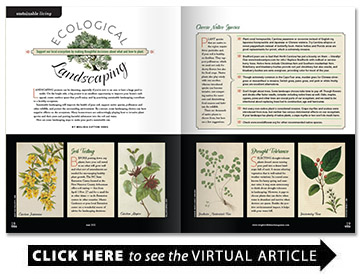Ecological Landscaping
Support our local ecosystem by making thoughtful decisions about what and how to plant
BY Melissa Sutton-Seng
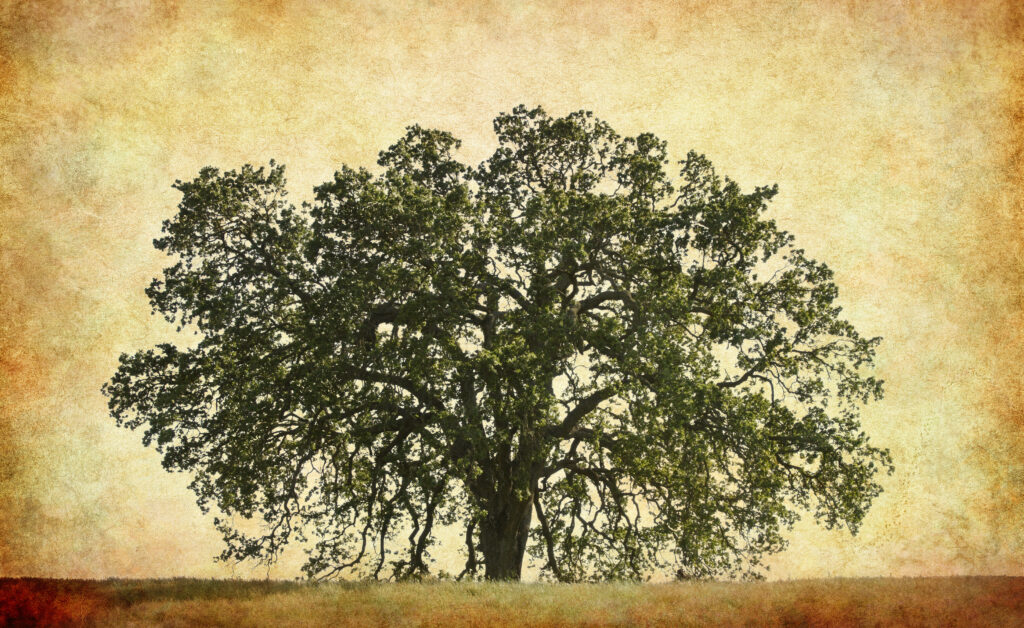
Landscaping projects can be daunting, especially if you’re new to an area or have a huge yard to tackle. On the bright side, a big project is an excellent opportunity to improve your home’s curb appeal, create outdoor space that you’ll enjoy, and by practicing sustainable landscaping contribute to a healthy ecosystem.
Sustainable landscaping will improve the health of your soil, support native species, pollinators and other wildlife, and protect the surrounding environment. By contrast, some landscaping choices can have negative effects on the ecosystem. Many homeowners are unknowingly playing host to invasive plant species and their pests and putting harmful substances into the soil and water.
Here are some landscaping steps to make your yard a sustainable one.
Soil Testing
Before putting down any plants, have your soil tested to see what will grow well and what sort of amendments are needed for encouraging healthy plant growth. The NC State Extension Center located at the New Hanover County Arboretum offers soil testing — free from April 1-Nov. 27 and for a small fee at other times — as do Extension centers in other counties. Master Gardeners at your local Extension center are a wonderful source of advice for landscaping decisions.
ChooseNative Species
Plant species that are native to the region require fewer pesticides and, if your soil is healthy, no fertilizer. They support pollinators, which we need not only for showy flowers but also for food crops. Native plants also play nicely with one another, whereas introduced species can become invasive, out-competing natives for nutrients and diminishing food sources and habitats for wildlife.
There are thousands of native plants to choose from, but here are a few suggestions.
- Plant coral honeysuckle, Carolina jessamine or crossvine instead of English ivy, Japanese honeysuckle and Japanese or Chinese wisteria. Try Carolina allspice or good replacements for privet, which is extremely invasive.
- Bradford pears are so bad that North Carolina has put a bounty on them — literally! (See www.treebountync.com for info.) Replace Bradfords with redbud or serviceberry trees. Native ferns include Christmas fern and Southern maidenhair fern. Elderberry and blueberry bushes provide not just shrubbery but also snacks, and blueberry bushes are semi-evergreen, providing color for most of the year.
- Though extremely common in the Cape Fear area, maiden grass (or Chinese silver grass or miscanthus) is invasive. Switch grass, panic grass, and pink or white Muhly grass are excellent alternatives.
- Don’t forget about trees. Some landscape choices take time to pay off. Though flowers and shrubs offer faster results, consider including native trees as well. Oaks, maples, cypress, pines and other trees are crucial parts of our ecosystem, and we need to be intentional about replacing trees lost to construction, age and hurricanes.
- Not every non-native plant is considered invasive. Crape myrtles and azaleas were introduced from Asia, but neither has serious detrimental effects on our ecosystem. If your landscape has plenty of native plants, a crape myrtle or two won’t do much harm.
- Check www.ncwildflower.org for other recommended native species.
Drought Tolerance
Selecting drought-tolerant plants doesn’t mean turning your yard into a desert landscape full of cacti. It means selecting vegetation that is well-suited for weather variations. In coastal areas known for heavy spring and summer rains, it may seem unnecessary to think about drought tolerance in landscaping. However, it pays to choose plants that can thrive when water is abundant and survive when showers are sparse. Besides the positive environmental impact, it helps with your water bill.
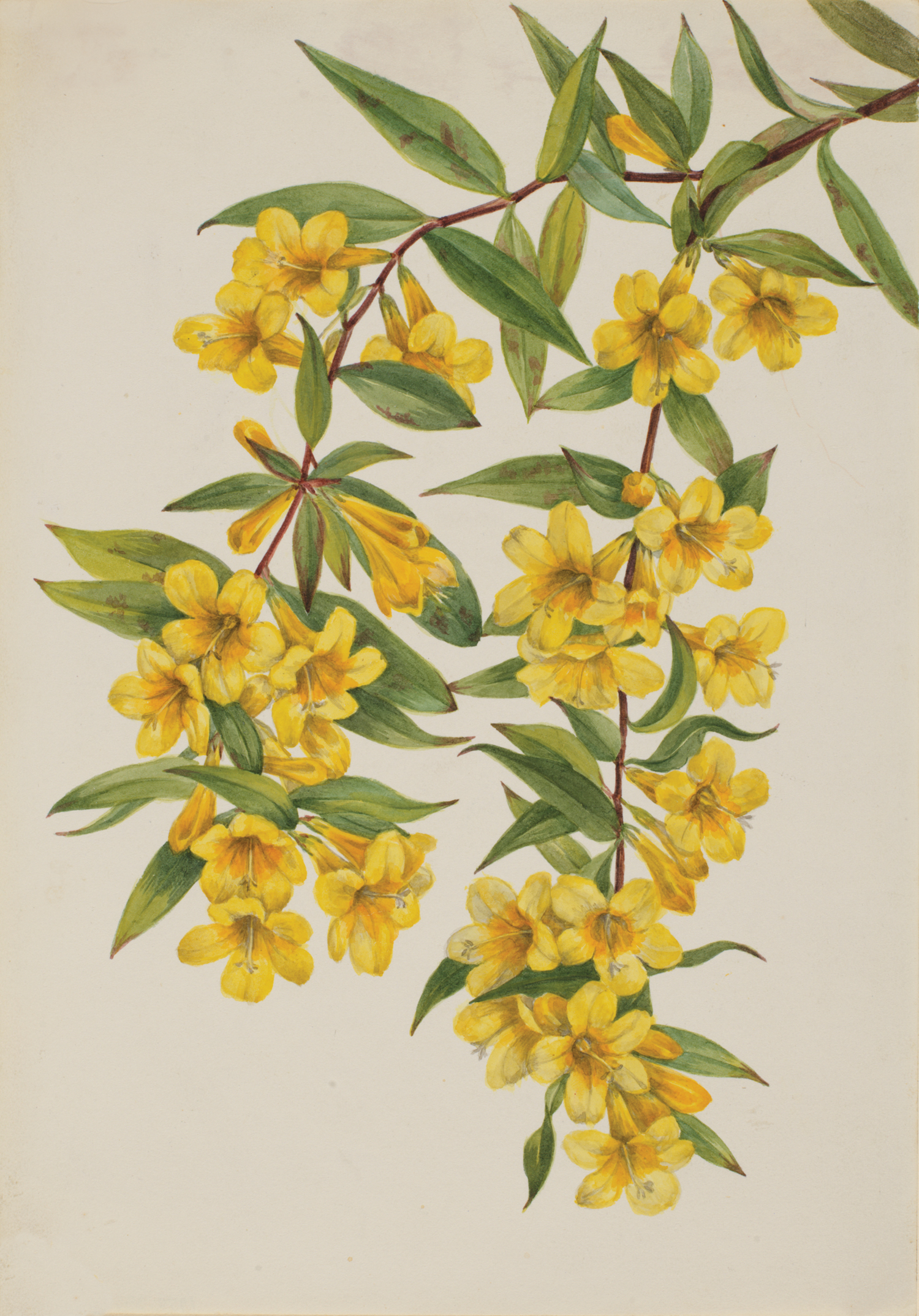
Mary Vaux Walcott c. 1926

William Curtis c. 1797
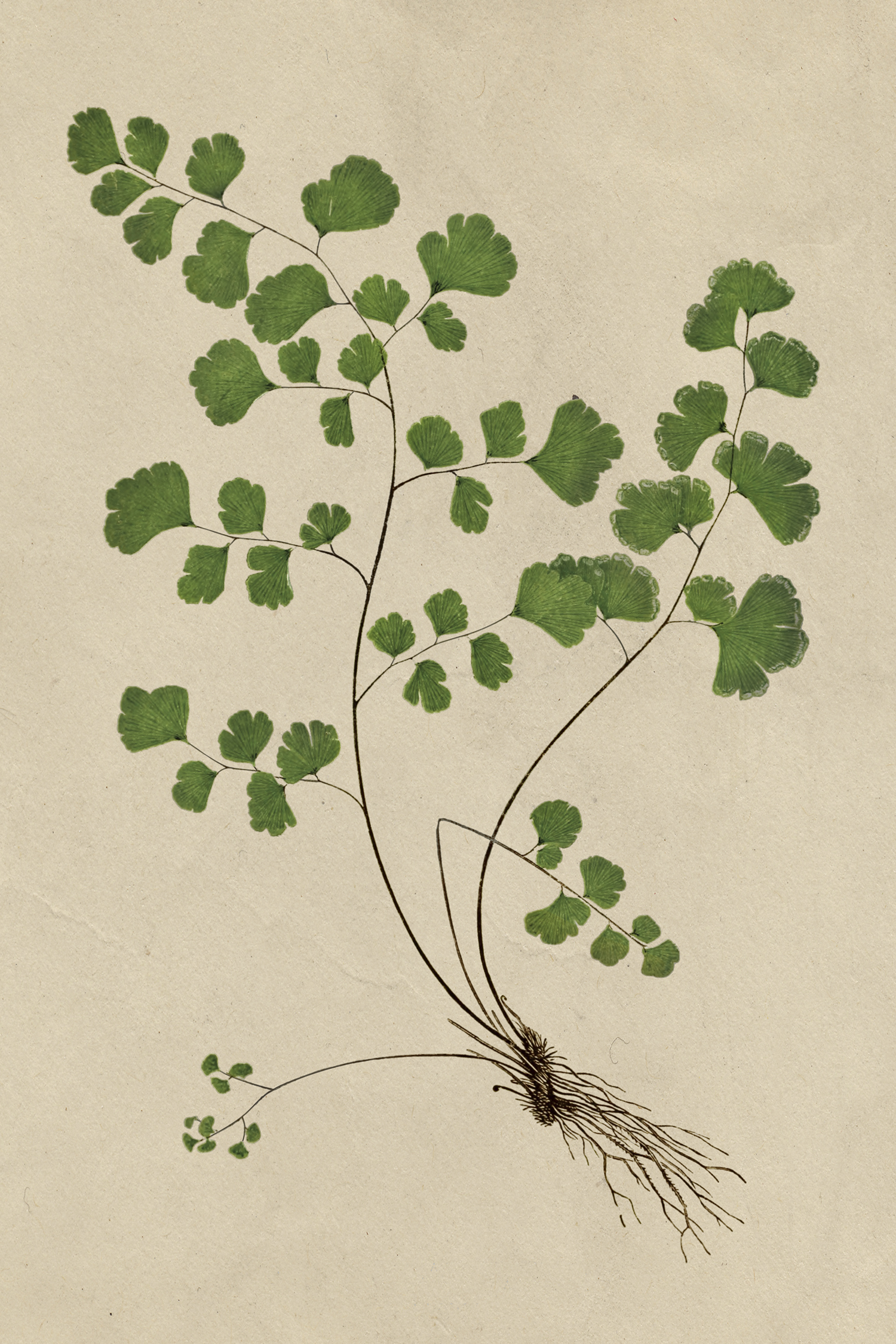
Edward Joseph Lowe c. 1856-1860
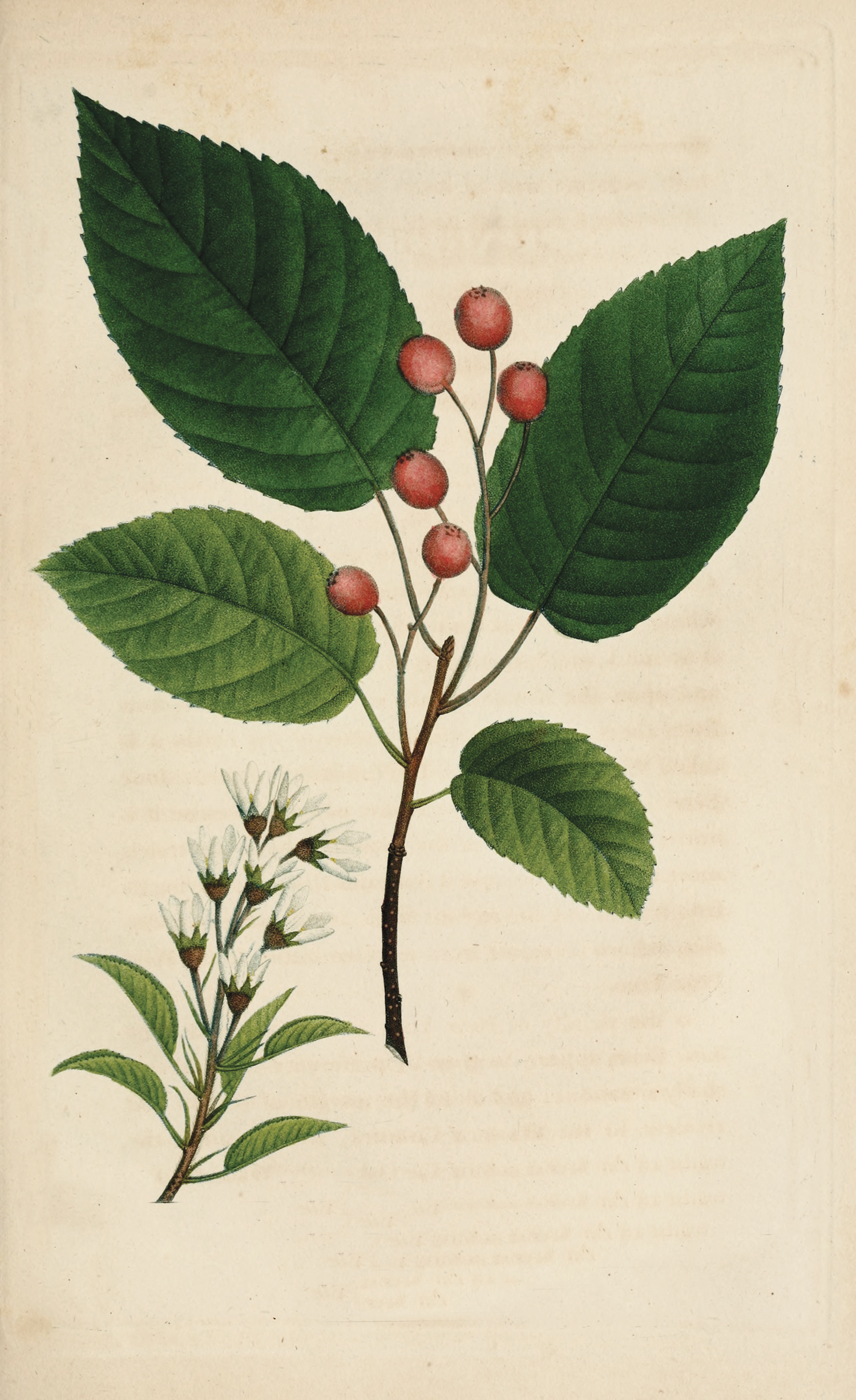
Pancrace Bessa c. 1819
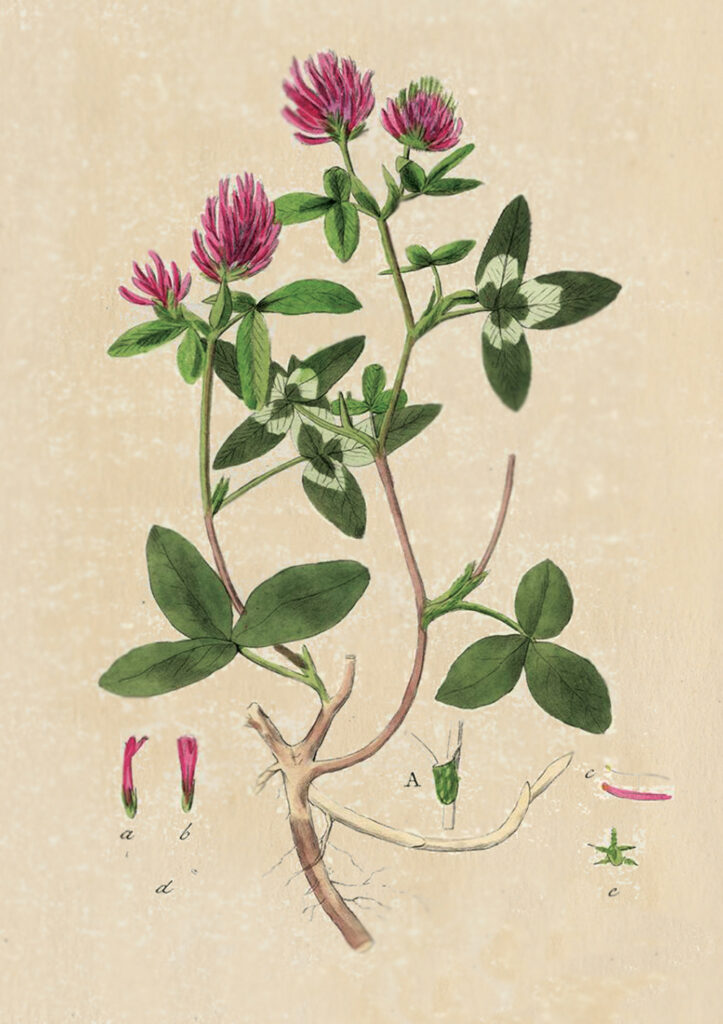
Jan Christiaan Sepp c. 1800
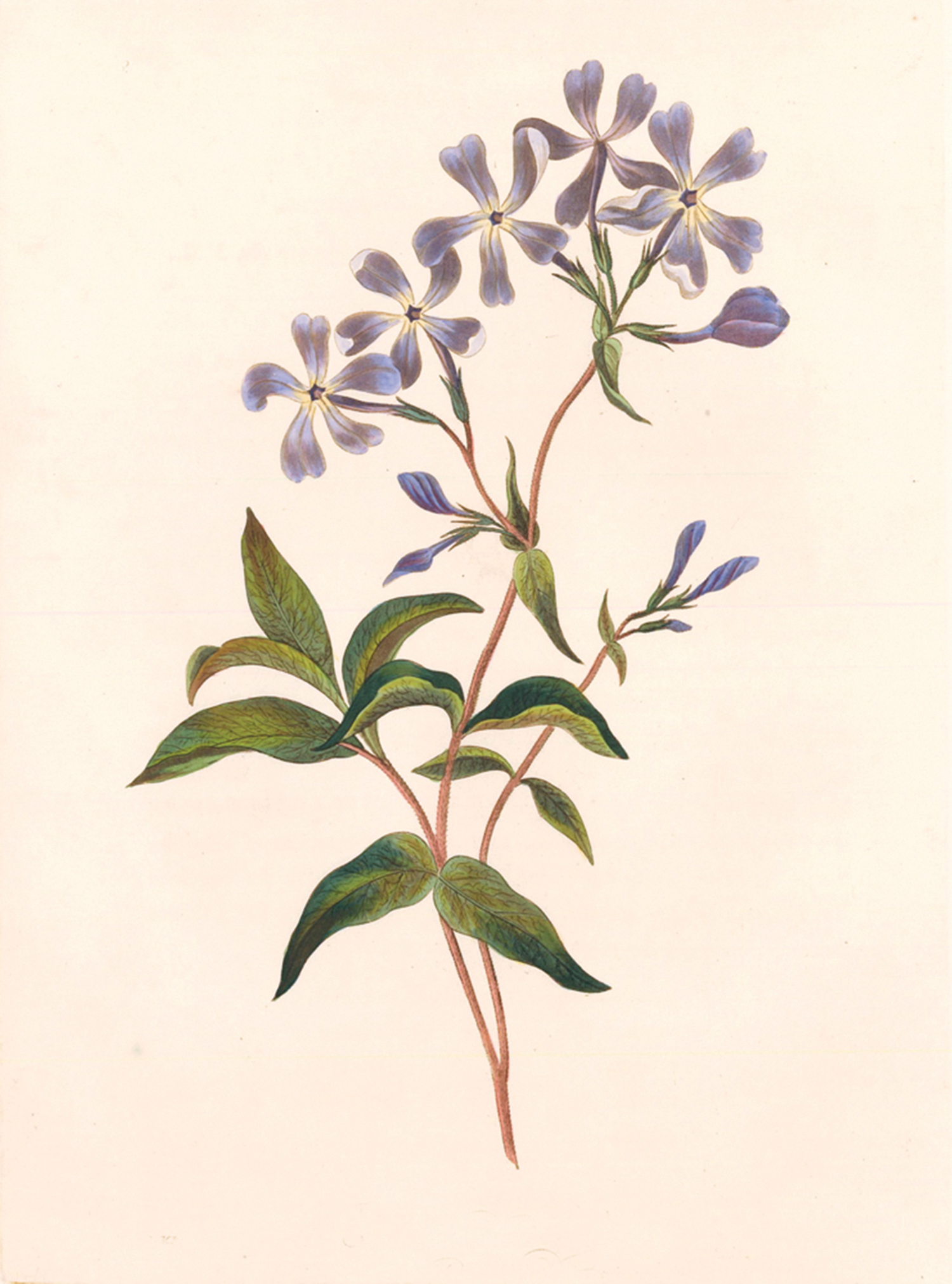
Margaret Lace Roscoe c. 1831-38
Less Lawn
The idea of the lawn was imported from Europe, where climates and ecosystems are well-suited for large areas of low-growing green vegetation. Though very few of our native plant species behave in this way, the lawn has become a standard feature of landscaping in North Carolina just as it has across most of the continent.
The problem is that since lawns aren’t a naturally occurring feature, they require the introduction of non-native species as well as the use of large amounts of synthetic fertilizers and herbicides. Fortunately, our native plant species provide a wealth of beautiful alternatives.
Perhaps the easiest way to throw off the tyranny of the English lawn is to create more beds and natural areas to reduce lawn space. This has the added benefit of cutting down — pun intended — mowing time.
First, utilize what you have. The longleaf pine trees native to our area are very generous with their needles. Rather than viewing pine needles as an annoying hindrance to grass growth, embrace what nature has provided and rake the needles to form beds around your trees. They’re great at suppressing weeds! If you have an overabundance, use the needles as mulch in other areas or share with neighbors.
Since lawn-type grasses aren’t native to our area, options for lookalike vegetation are limited. One lawn substitute is narrowleaf silkgrass, a tough evergreen groundcover that can be cut like a lawn and produces small yellow flowers that resemble daisies if allowed to flower. Green and gold, foamflower, blue-eyed grass and wild blue phlox are all low-growing native plants that may serve as lawn replacements for at least a portion of some yards. These don’t do as well in high-traffic areas, so you may need to retain some lawn for outdoor activities and for kids or pets to play on.
Common carpetgrass is a native grass that is heat tolerant but not drought tolerant and goes dormant in winter. Several varieties of clover native to Europe have naturalized in the United States. Opinions vary on whether clover is a sustainable landscaping option since it is not native, but it adds nitrogen to the soil and serves as a food source to both pollinators and foragers.
Avoiding Synthetic Additives
When it comes to sustainable landscaping, what you put on your lawn and garden is just as important as what you put in them. Synthetic herbicides, pesticides and fertilizers offer quick results in the short term, but their use has negative long-term effects.
Synthetic landscaping and gardening products use chemical compounds not found in nature, and the ecosystem isn’t equipped to deal with them. With continued use of synthetics, naturally occurring elements in soil are diminished, depleting soil health and requiring ever-increasing doses of additives.
When artificial fertilizers wash off into waterways, we get algal blooms and then mass die-off of aquatic species due to oxygen depletion. Synthetic herbicides and pesticides kill indiscriminately on the microscopic level, removing the healthy microorganisms from the soil as well as pests the same way a round of antibiotics kills the healthy bacteria in your gut as well as the infection it was meant to treat.
Switching to organic inputs is much more sustainable for your landscape and for the local ecosystem.
Rain Gardens
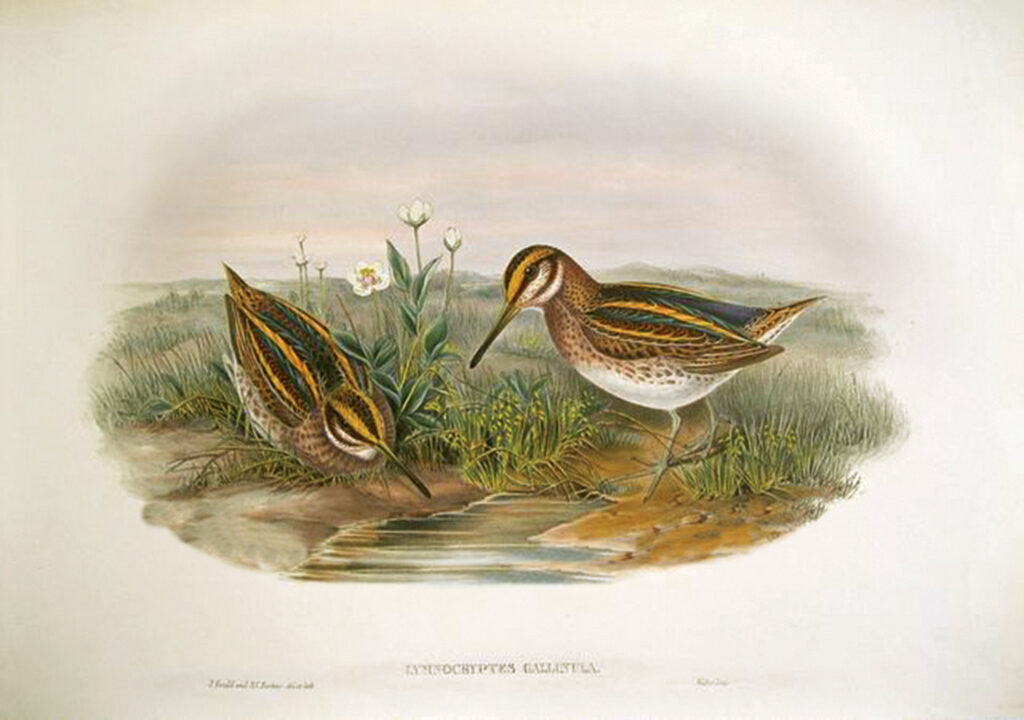
A rain garden is a garden bed located to capture rainwater and runoff so it can percolate into the ground instead of flowing out of your yard, reducing flooding, pollution and stormwater runoff.
Rain gardens are beautiful and simple to create. Select a site 10 feet from your home and 25 feet from your well and septic field. Call 811 to check for utilities before digging.
Most rain gardens are round or oval but can be any shape. Dig out a shallow depression 6 to 10 inches lower than the surface of your yard and plant shrubs, flowers and grasses that can tolerate “wet feet” (having their roots in water for a while). The North Carolina Coastal Federation website (www.nccoast.org) has detailed instructions on designing and caring for your rain garden.
If your property drains slowly with a high water table and soggy soil, consider creating a backyard wetland. Backyard wetlands function much like rain gardens, but should be planted with native plants that thrive in water. A healthy wetland is the natural home of mosquito predators like dragonflies and frogs, so it should protect your property from those tiny flying vampires.
All this information can be overwhelming, but you don’t have to do it all at once. Making even one change will have a positive impact and maybe even spark conversations with neighbors about sustainable landscaping.
